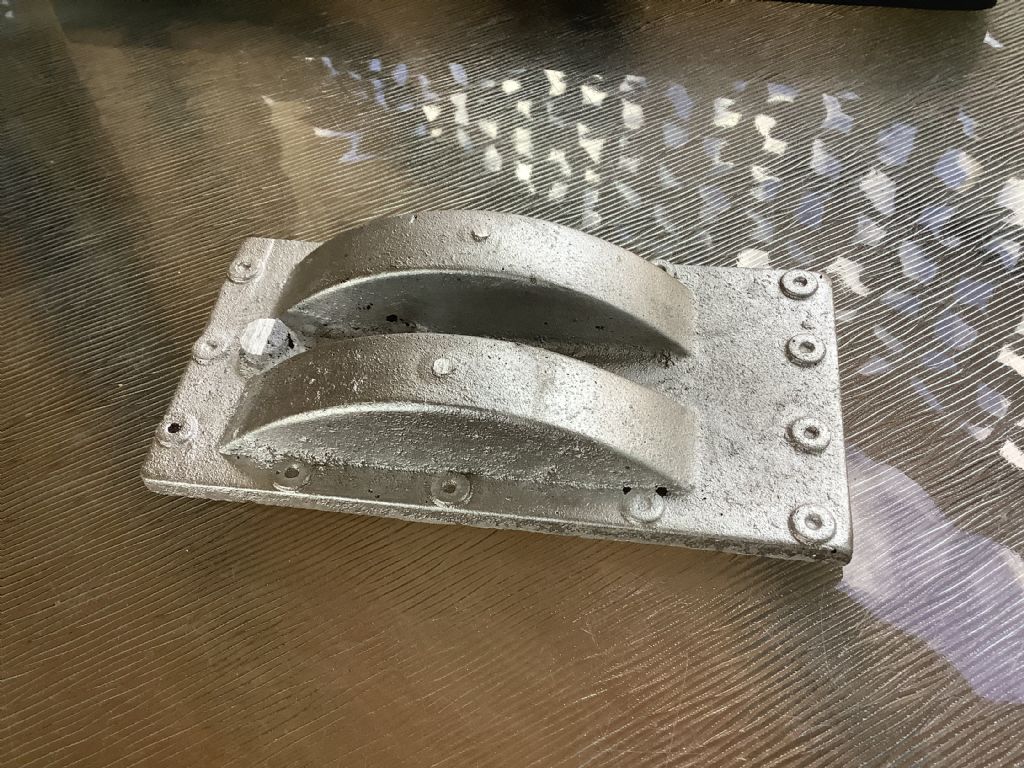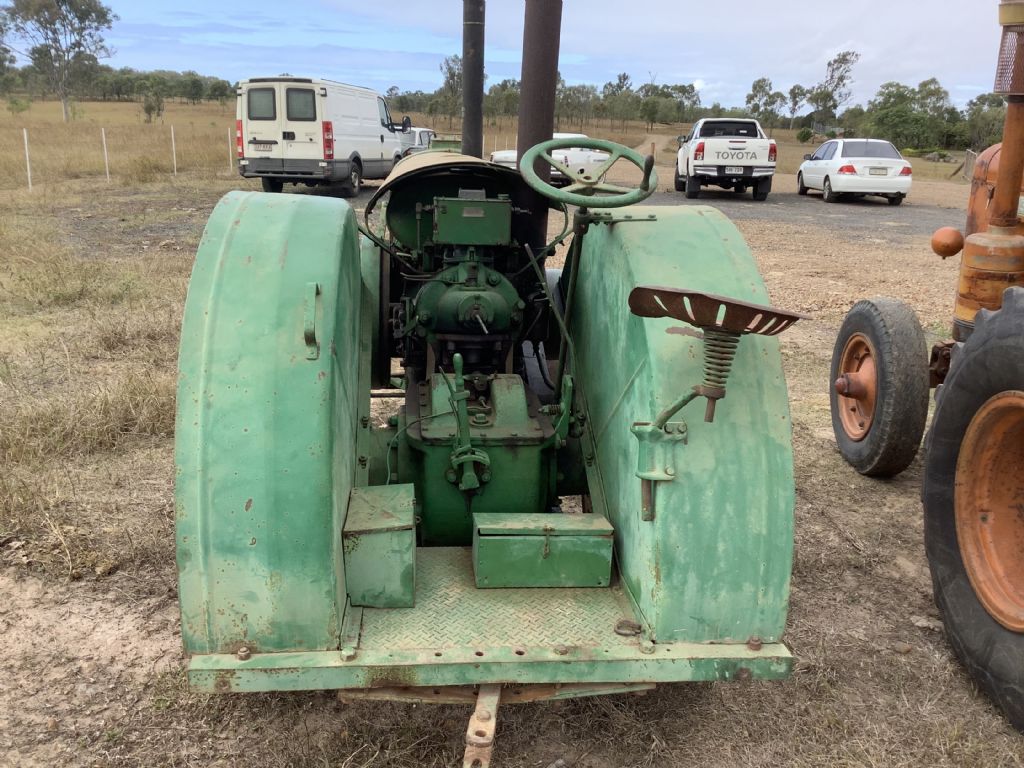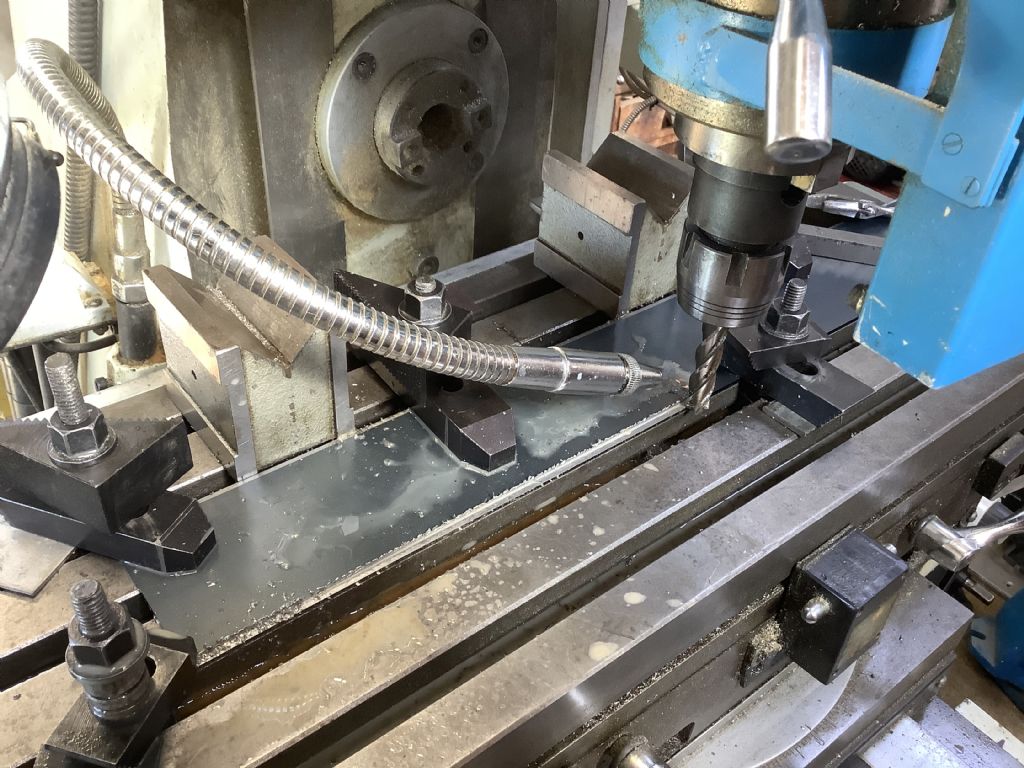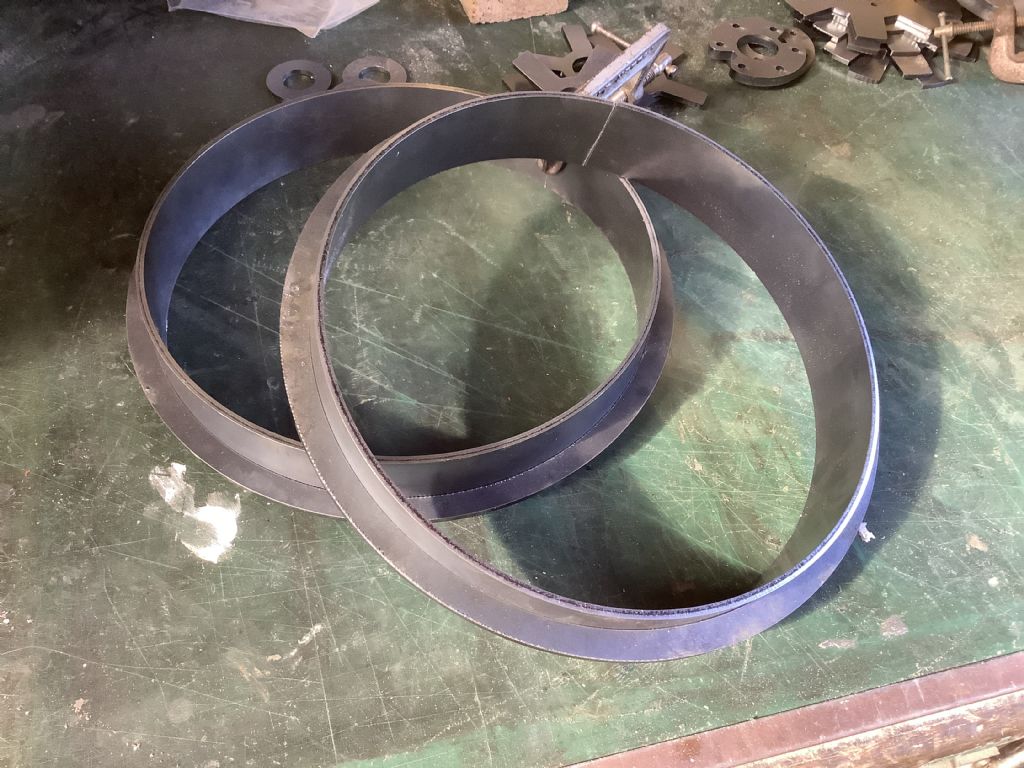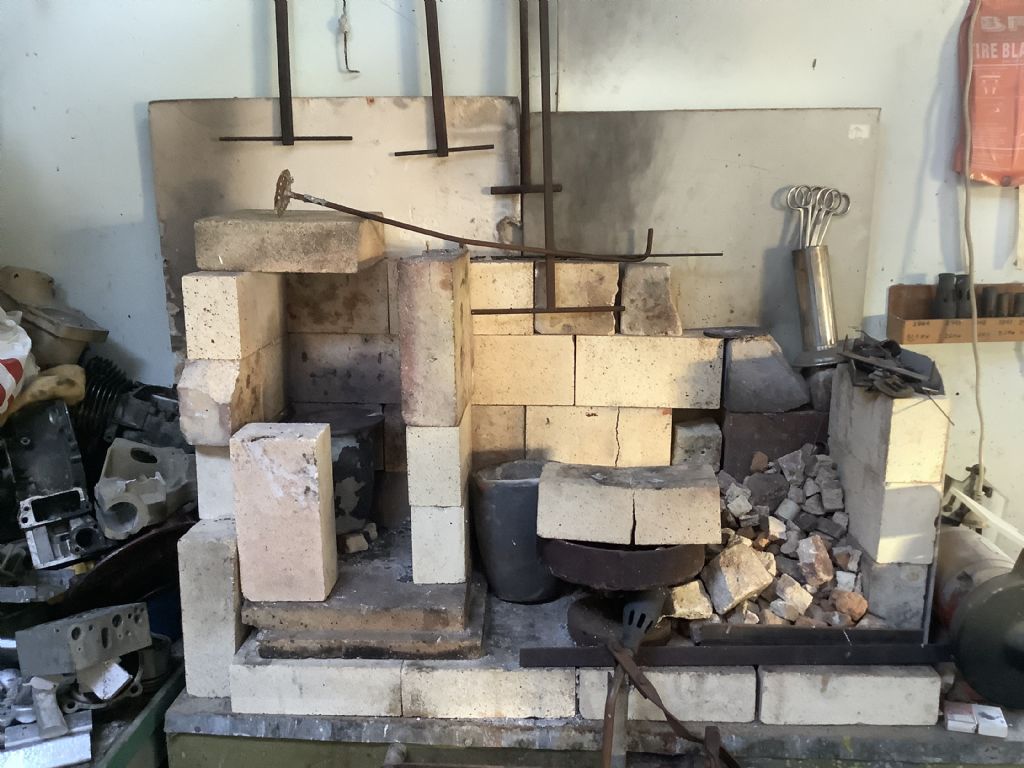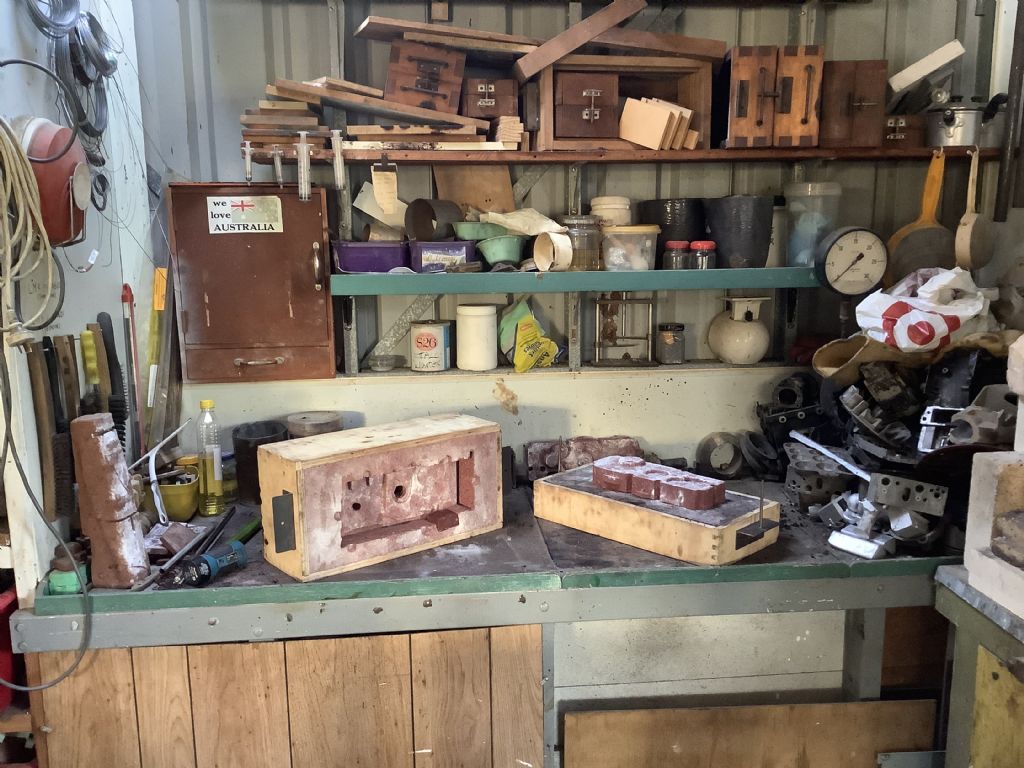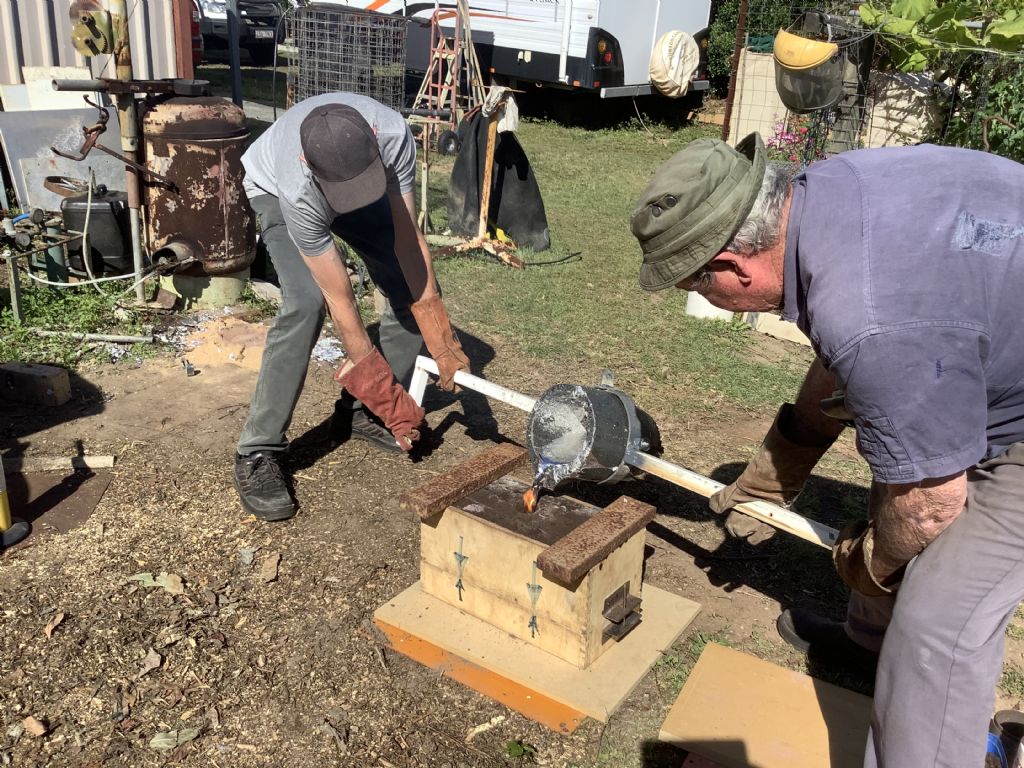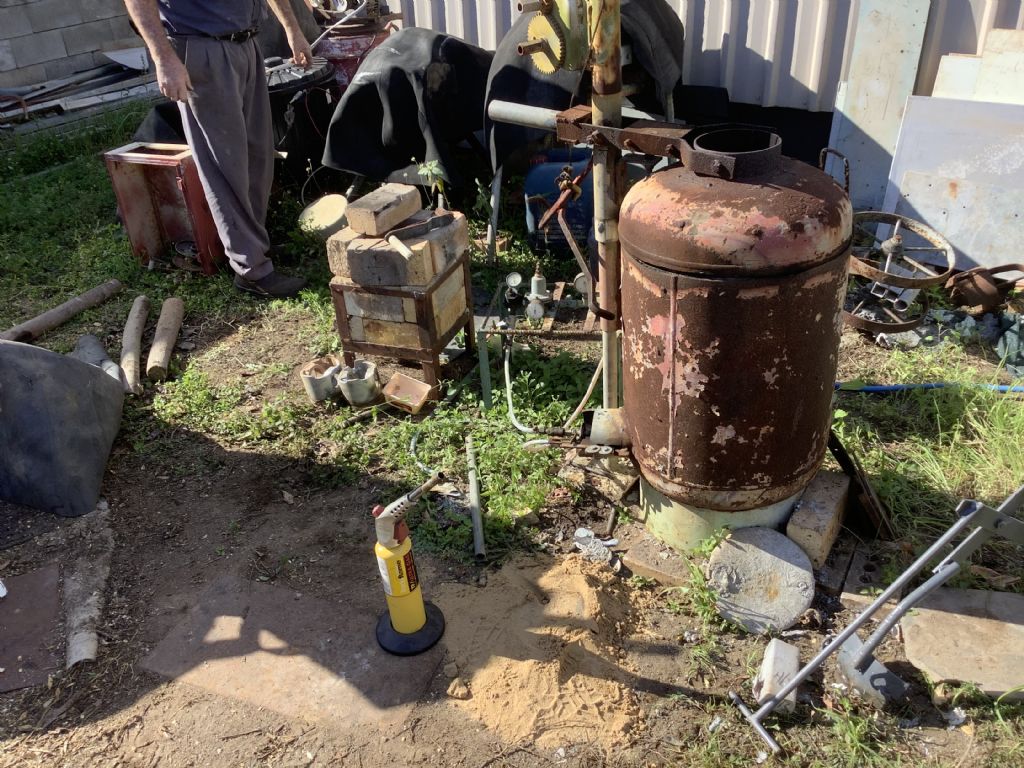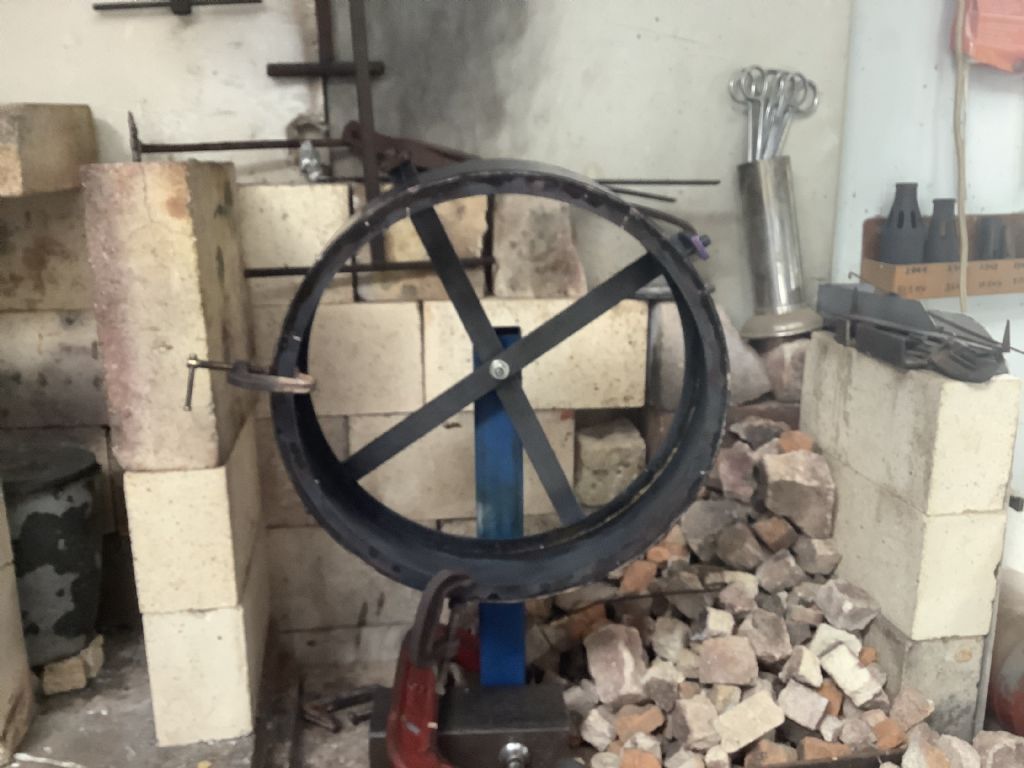Mc Donald Model tractor
Mc Donald Model tractor
- This topic has 358 replies, 35 voices, and was last updated 11 March 2023 at 10:46 by
 Andy_G.
Andy_G.
- Please log in to reply to this topic. Registering is free and easy using the links on the menu at the top of this page.
Latest Replies
Viewing 25 topics - 1 through 25 (of 25 total)
-
- Topic
- Voices
- Last Post
Viewing 25 topics - 1 through 25 (of 25 total)
Latest Issue
Newsletter Sign-up
Latest Replies
- Measuring increments on boring head
- Stripped aluminum threads. Now what?
- Safety Pickle for Steel
- Tangential tooling
- UK consumer protection laws?
- A drum type cutting frame has another use
- New member old lathe
- Boiler Silver Soldering – Not gone well.
- Generator size for vfd controlled 3 phase 5.5 kw motor
- Tool holder supplier



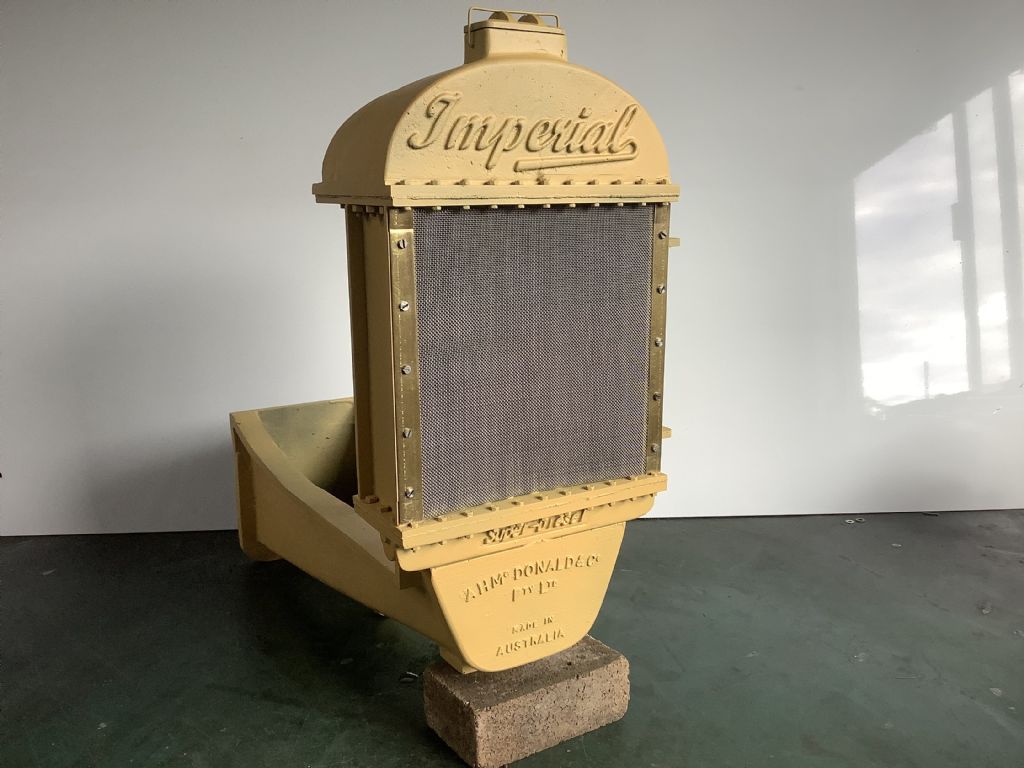
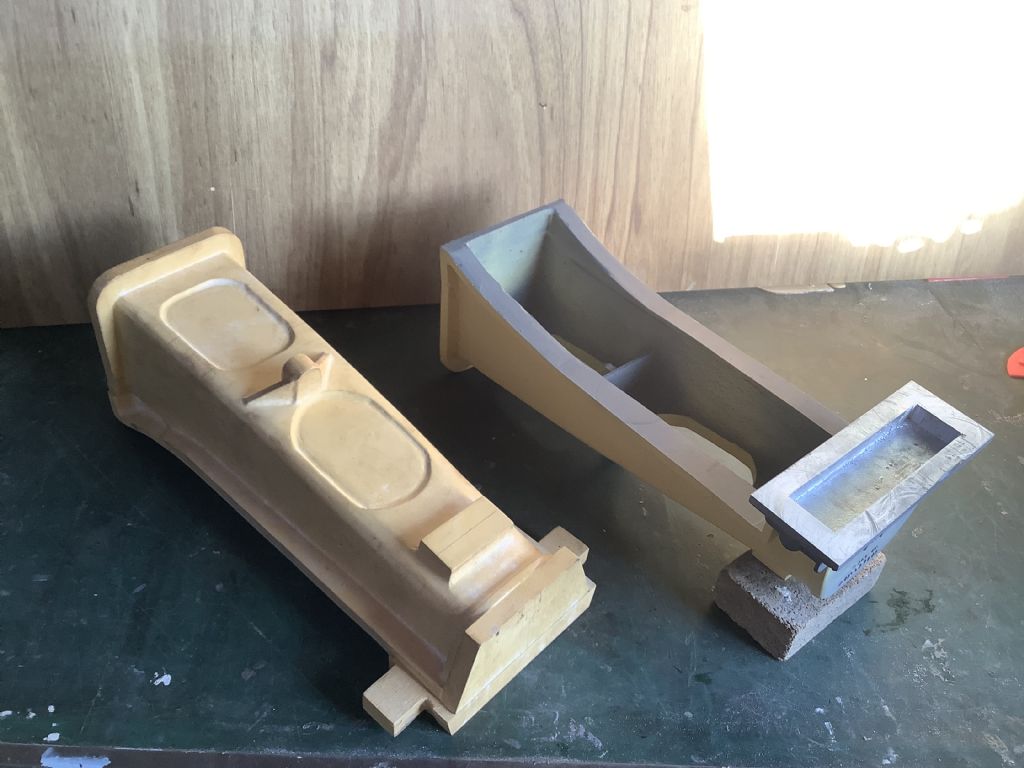
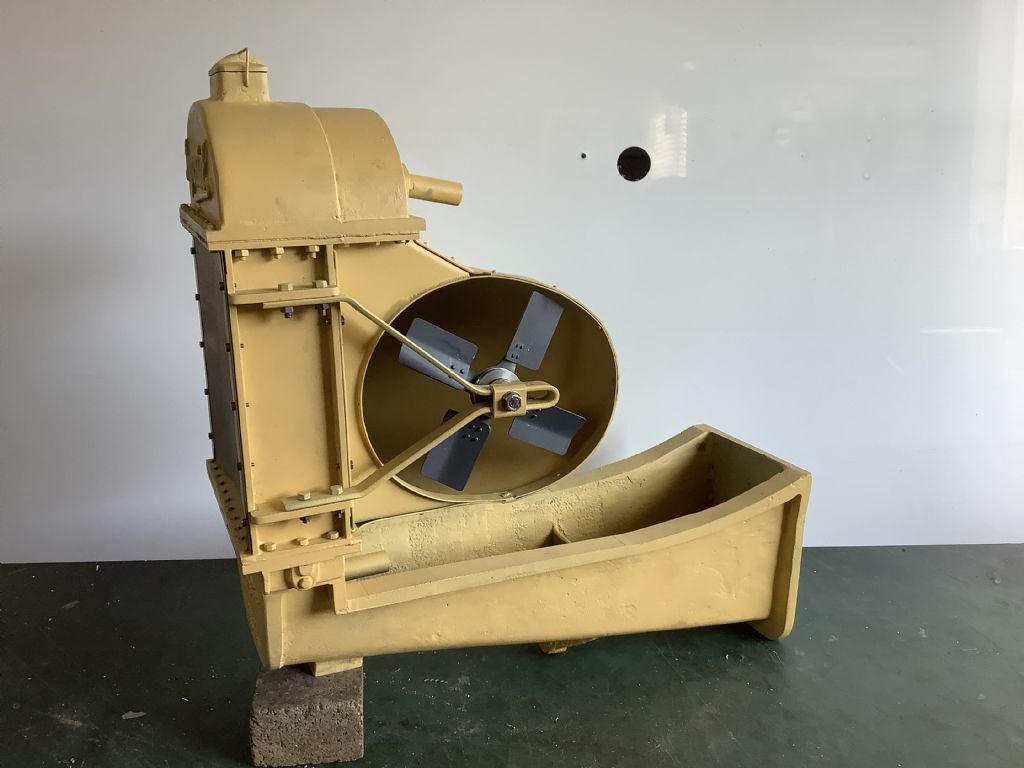
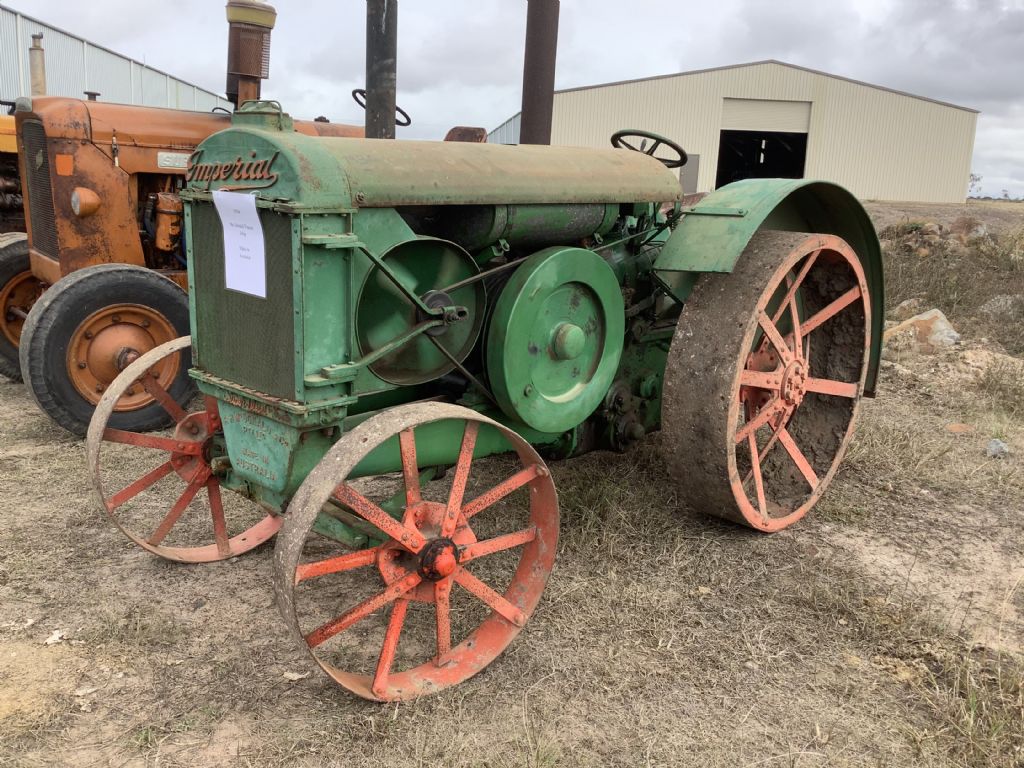
 If I am reading under the radiator correctly it's an Australian maker. I thought that the single cylinder hot bulb/semi diesels were a European thing.
If I am reading under the radiator correctly it's an Australian maker. I thought that the single cylinder hot bulb/semi diesels were a European thing.